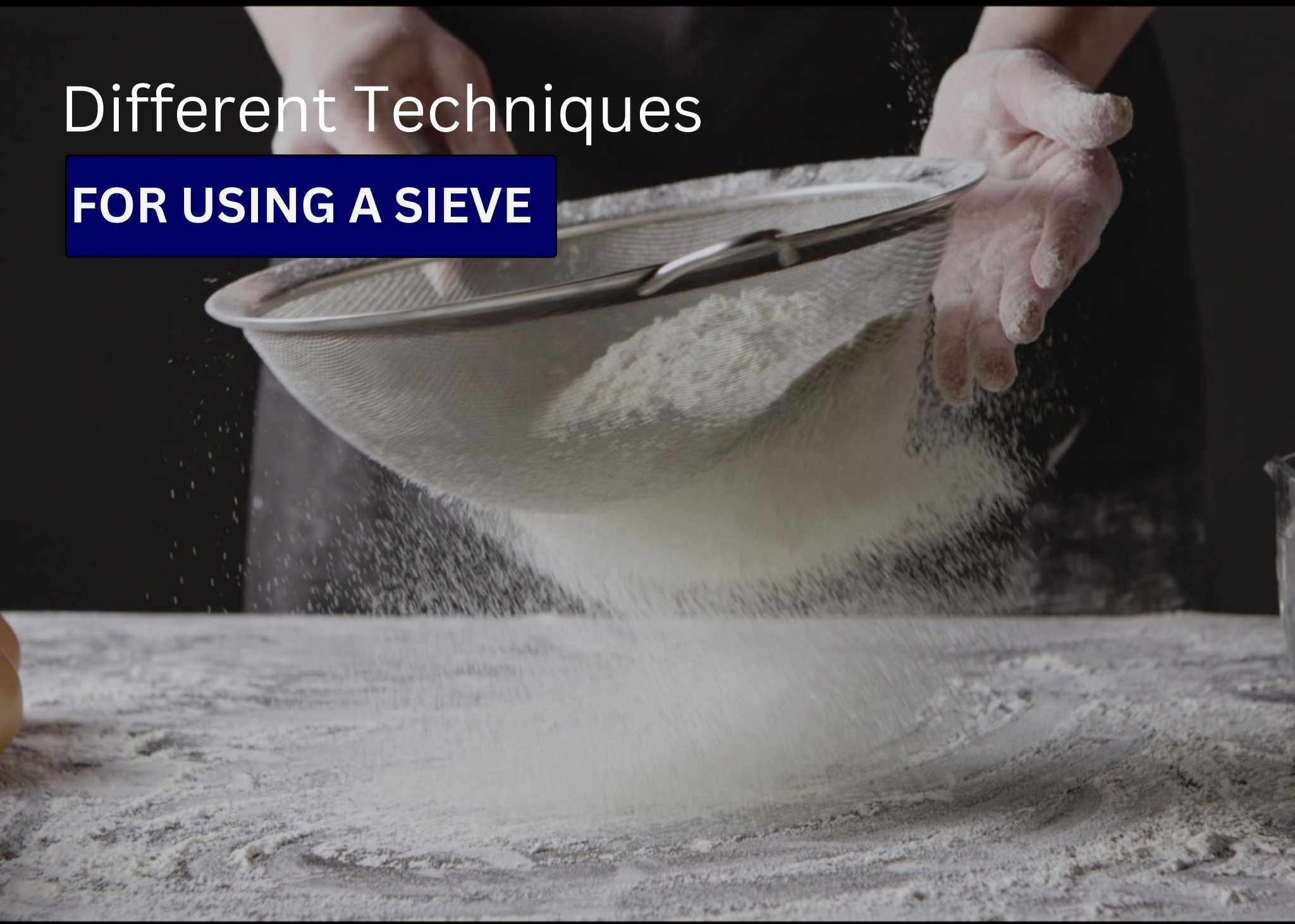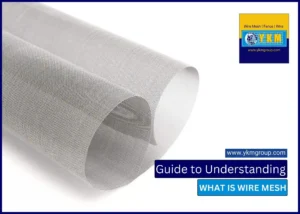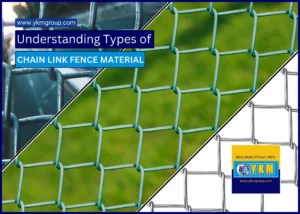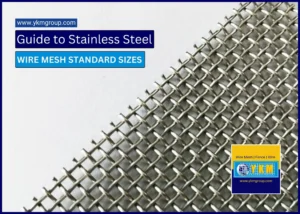Understanding what are the different techniques for using a sieve saves your investment on a sieve screen. Sieves play a crucial role in various industries, enabling efficient separation and classification of materials. From pharmaceuticals to food processing, sieves are indispensable tools that aid in quality control, product refinement, and ensuring consistency. In this article, we will explore the different techniques employed in industries for utilizing sieves and how they contribute to enhancing productivity and product quality.
Different techniques for using a sieve includes:
Dry Sieving
Dry sieving is a common technique used across industries for particle size analysis and separation. It involves passing the material through the sieve with openings of different sizes. The finer particles pass through the sieve, while larger particles are retained. This method is highly efficient and widely employed due to its simplicity and reliability.
Wet Sieving
Certain industries, like mining and construction, prefer to use wet sieving when they deal with materials that have cohesion or are prone to agglomeration. Wet sieving includes the addition of water to the material being sieved in order to break down agglomerates and facilitate separation. This technique ensures accurate sizing and classification of materials that are difficult to handle in dry form.
Vibratory Sieving
Vibratory sieves utilize vibrations to enhance the sieving process. The sieve is subjected to oscillatory movements, causing the material to move rapidly, and facilitating separation. Vibratory sieving is highly effective in achieving precise and efficient separation, particularly for fine powders and granules. Its ability to minimize blinding and improve throughput makes it a popular choice in industries such as pharmaceuticals and chemical processing.
Centrifugal Sieving
Centrifugal sieving involves the use of centrifugal force to enhance the separation process. The sieve is rotated at high speeds, creating a centrifugal acceleration that aids in the separation of particles based on size and density. This technique is advantageous for achieving high throughput and accurate separation in industries dealing with fine particles and powdered materials.
Air Jet Sieving
Air jet sieving employs a stream of air to fluidize the material being sieved, allowing the finer particles to pass through the sieve. Choosing SS Sieve Screens for Particle Analysis helps air jet effectively disperses and separates the particles based on their size, resulting in precise classification. This technique is commonly used in industries where high accuracy and repeatability are crucial, such as the pharmaceutical and food industries.
Ultrasonic Sieving
Ultrasonic sieving utilizes high-frequency vibrations generated by ultrasonic waves to enhance the sieving process. These vibrations assist in breaking down particles’ surface tension, ensuring better separation efficiency. Ultrasonic sieving is particularly effective for fine and sticky materials, as it prevents clogging and improves throughput.
Fluid Bed Sieving
Fluid bed sieving involves passing the material through a sieve while subjecting it to a fluidized bed of air or other gases. The fluidization helps in loosening and separating particles, allowing for efficient sieving and classification. This technique is commonly used in industries where precise size classification and gentle handling of materials are paramount, such as the pharmaceutical and chemical industries.
Tapping Sieving
Tapping sieving, also known as Ro-Tap® sieving, utilizes mechanical tapping or striking action to assist in the sieving process. Operators subject the sieve to tapping or knocking, which assists in breaking down agglomerates and improving separation efficiency. Industries, such as construction, mining, and pharmaceuticals, widely utilize this technique for particle size analysis.
Gyratory Sieving
Gyratory sieving involves a gyratory motion that enhances the separation process. A gyratory vibration is applied to the sieve, resulting in the material spreading and passing through the sieve openings. Gyratory sieves are effective in achieving high throughput and precise classification, making them suitable for industries dealing with bulk materials.
Magnetic Sieving
Magnetic sieving utilizes magnetic fields to separate magnetic particles from non-magnetic materials. The sieve incorporates magnets that attract and retain magnetic particles, enabling efficient separation. Industries that handle ferrous materials and minerals commonly employ this technique.
Rotary Sieving
Rotary sieving involves the use of a rotating sieve drum to separate materials based on size. Operators feed the material into the drum, and as it rotates, the sieve openings allow smaller particles to pass through while retaining larger particles. Rotary sieves are versatile and widely employed in various industries for efficient particle separation.
Drum Sieving
Drum sieving is similar to rotary sieving but specifically refers to the use of a drum-shaped sieve. The drum sieve rotates, evenly distributing and sieving the material. Industries that handle bulk materials, such as mining, agriculture, and recycling, often utilize this technique.
Screening Sieving
Screening sieving is a common technique used for coarse separation and classification of materials. It involves the use of screens with larger openings to separate materials based on size. Industries such as construction, mining, and aggregates employ screening sieves when they require quick and rough separation.
Sonic Sieving
Sonic sieving utilizes sonic vibrations to enhance the sieving process. High-frequency sound waves subject the sieve to create oscillatory movements in the material, facilitating separation. Industries dealing with fine powders and granular materials commonly use sonic sieving as an effective method to achieve precise separation.
Gravity Sieving
Gravity sieving relies on the principle of gravity to separate materials based on their size and density. Operators feed the material onto an inclined sieve, and gravity causes the smaller particles to pass through the sieve openings while retaining the larger particles. Industries requiring gentle separation commonly employ gravity sieving as a simple and cost-effective technique.
Slope Sieving
Slope sieving involves utilizing an inclined sieve surface to aid in the separation process. The slope enables the material to flow down the sieve, and the particles undergo separation based on their size and shape. Industries handling granular materials commonly employ slope sieving as an effective method to achieve accurate separation.
Pressure Sieving
Pressure sieving utilizes air pressure or mechanical force to enhance the sieving process. The material is subjected to pressure, which helps in breaking down agglomerates and improving separation efficiency. This technique is one of the different techniques for using a sieve employed in industries dealing with cohesive materials or fine powders.
Resonance Sieving
Resonance sieving utilizes the principle of resonance to enhance the sieving process. Resonant vibrations subject the sieve to effective particle breakdown and facilitate separation. Industries requiring high precision and dealing with difficult-to-sieve materials find resonance sieving particularly useful.
Static Sieving
Static sieving refers to the process of sieving without the use of mechanical motion or vibration. Operators place the material on the sieve, and gravity causes the particles to separate based on their size and shape. Industries that prefer gentle separation commonly employ static sieving as a straightforward and reliable technique.
Screw Sieving
Screw sieving involves the use of a rotating screw conveyor combined with a sieve. The screw conveyor moves the material along, allowing for efficient sieving and separation. Industries dealing with bulk materials, such as agriculture and construction, commonly use this technique.
Inclined Sieving
Inclined sieving refers to the use of an inclined sieve surface to aid in the separation process. The inclination allows for better material flow and separation based on size and shape. Industries, such as the pharmaceutical and food industries, commonly utilize this technique where high accuracy and repeatability are crucial.
Roller Sieving
Roller sieving utilizes rotating rollers with sieves attached to them to separate materials based on size. Operators feed the material onto the rollers, and as they rotate, the particles undergo separation. Industries that handle bulk materials, such as mining, agriculture, and recycling, commonly utilize roller sieves.
Mesh Sieving
This sieving method involves using sieves with openings of different sizes to separate materials based on particle size. Mesh sieving is one of the different techniques for using a sieve where the material passes through the sieves and retains particles larger than the sieve openings while allowing smaller particles to pass through. Various industries employ this sieving as a versatile technique for efficient particle separation.
Dewatering Sieving
When there is a need to separate solid and liquid components, industries employ dewatering sieving. Screen with stainless steel woven mesh woven for liquid and solid separation, enable the separation of solids based on size. This technique finds common usage in industries such as wastewater treatment, mining, and food processing.
Multilayer Sieving
Multilayer sieving involves using multiple layers of sieves stacked on top of each other to achieve more precise separation. Each sieve layer has different openings, allowing for finer classification of materials. Industries, such as pharmaceuticals and fine chemicals, employ multilayer sieving when high precision and accurate separation are of utmost importance.
The utilization of sieves in various industries plays a pivotal role in achieving accurate separation, efficient classification, and quality control. From dry sieving to wet sieving, and from vibratory sieving to centrifugal sieving, each technique offers unique benefits depending on the material and industry requirements. By understanding different types of Sieves and their uses and employing the right sieving technique, industries can enhance productivity, improve product quality, and ensure consistency in their manufacturing processes.
من نحن
YKM Group is one of the reputed metal wire mesh manufacturer and supplier in UAE and across MENA Region. We are in woven mesh manufacturing industry since 1984 with a dedicated research and development team engaged in manufacturing and developing optimal solution based on industrial setting.




